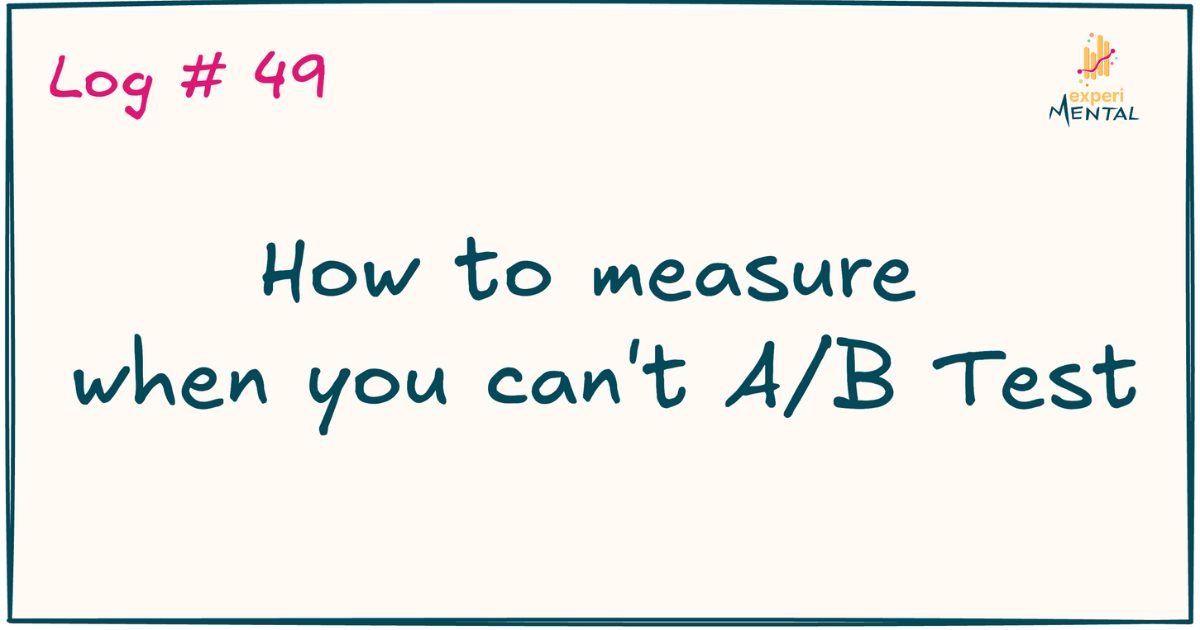⚠️ CAUTION ⚠️ Now entering a paid tier restricted area. Free tier subscribers will have access limited to the free preview below.
What we’ll dive into today
When people hear attribution, they immediately think about channel-level attribution. And while that's often the most important and drives the largest budget decisions, there's another type of attribution that can derail your growth.
Geographic attribution.
It’s the lesser-known and often ignored sibling.
Below I'll cover:
Why Geographic attribution is important
What we did at Uber
How you can use it
Why Geographic attribution is important
Geographic attribution operates under the same principles as channel attribution, but instead of where do you assign “credit” to a channel, you need to assign “credit” to a customer’s geography.
It sounds like a straightforward concept, but as we know with any attribution, it isn’t. And the more complex the business is, the more complex Geographic attribution becomes.
In addition, most people only think about attribution for acquisition but it’s also an important concept for remarketing.
Example 1 (Acquisitoin)
You have a business where the conversion window is quite long (common in Travel Tech). You run ads in the US but the person takes your service in Europe.
Your main ads run in the US.
Conversion happen in Europe.
Is that customer “American” or “European?”
Example 2 (Acquisitoin)
You're running a marketplace business and have a structure in which General Managers (GMs) run individual regions.
You’re the GM for New York and you see ad spend in your market but the use case has most users using the product in LA. The New York GM sees that Marketing hurts their P&L and says “Fuck that…I’m not spending here”. They turn it off. The LA GM now sees their market deteriorate too and the whole business is slowing down.
How do you ensure fair distribution of PNL ownership here?
Example 3 (Remarketing)
You’re the Head of CRM at a company and you send localized comms. Now a person signed up 3 years ago in New York but they’ve now moved to LA. Unfortunately, your Marketing data says they’re still in New York and you keep blasting them with New York comms and they unsubscribe. Womp womp.
What do you do?
In all 3 examples, the wrong Geographic attribution would lead you to the wrong marketing decision which ultimately would hurt growth.
This is exactly what Geographic attribution tries to solve:
Where are our users?
How do we plan / forecast?
Where should we be marketing?
Once you solve these, many challenges fall into line .
What we did at Uber
There are 2 times when you need to understand Geographic attribution:
First-time conversion or activation
Moving forward for CRM
First-time conversion or activation
At Uber, how we handled this was quite straightforward: the city that the first trip happened in got the credit for that trip.
What's more important is the context and the reasons for why we were able to do this.
⚠️ WARNING ⚠️ Must have clearance to continue
Get your 14-day free trial access card to enter the restricted area.
Unlock restricted area now >Paid subscribers also gain access to:
- 2-3 monthly paid tier only articles
- Full archive of 50+ articles


